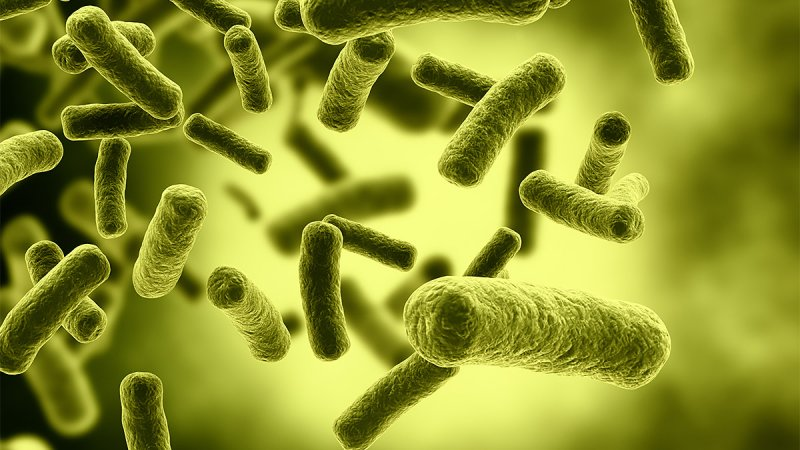Legionella is a type of bacteria which causes diseases, known under the collective term as Legionellosis. The most commonly known disease which is caused by Legionella is Legionnaires’ disease, as it is potentially fatal and can infect a large range of people. Legionella is found in water systems, whether this is natural water reservoirs such as lakes and rivers, or in man-made water systems such as spa pools, hot and cold water systems and cooling towers. If your workplace or home utilises water systems, which it will most likely do, you need to be aware of how to control the risk of legionella to protect all those involved from infection.
What will happen if an individual comes into contact with legionella bacteria?
The Health and Safety Executive (HSE) has stated that although legionella has the potential to infect a large range of people, there are certain individuals who will be more susceptible to the fatal effects of legionella than others. These are:
– Individuals over the age of forty-five
– Smokers and heavy consumers of alcohol
– Individuals who suffer from kidney disease, diabetes, heart disease or lung disease
– Individuals who have in impaired immune system are ultimately more vulnerable to the effects of legionella
As previously stated, legionella is found in natural and man-made water systems. However, they exist naturally in low numbers so the effects of legionella are lower. Yet when certain environmental variables change within the water environment, the number of legionella bacteria grows, and this can subsequently increase its fatal effects. This notably occurs when the temperature increases to 20-45 degrees and stimulates the production of more legionella bacteria. Deposits of rust and scale can also increase the growth of legionella bacteria.
Legionella is most commonly found in public places such as hospitals, the workplace or hotels more than at home. This is because public places have more exposure to bacteria and therefore bacteria can grow faster. The most common forms of water systems are air conditioning systems, showers, toilets and pools.
How is legionella contracted?
Individuals will become affected by legionella through inhaling small droplets of water which have the legionella bacteria in them. These small droplets of water will be suspended in the air and subsequently inhaled by the individuals around, leading them to become infected.

What are symptoms of Legionnaires’ disease?
The symptoms of Legionnaires’ disease can reflect symptoms of the flu. If you experience any of the following symptoms, it is always best to go and see your doctor just to double check whether you are suffering from a flu, or whether it is related to Legionnaires’ disease.
– A severe cough which does not go away after a sufficient period of time
– Muscle pains, and an overall achy feeling in your body
– You struggle with your breathing, which has not occurred before
– Severe pains in your chest
– You have a high temperature and feel like you have a severe case of the flu, such as a fever
– Confusion and headaches
– Headaches at times can lead on to symptoms of pneumonia
Treatment for Legionnaires’ disease will be administered at a hospital following diagnosis of the disease. Treatments are specific to each individual case and range from antibiotics, which may last up to three weeks, oxygen through a face mask or tubes and a machine to help you breath normally again. Luckily, once diagnosed, Legionnaires’ disease can be treated. However, it can take a while for the effects of the disease to be mitigated and therefore it is always best to avoid contracting such a disease in the first place.
To protect yourself and your colleagues, as well as family members, from legionella related diseases, you need to regulate and monitor the handling of your water systems. Training and knowledge of how to monitor and regulate water systems will help your management team and colleagues to all partake in the regulation of water safety.


